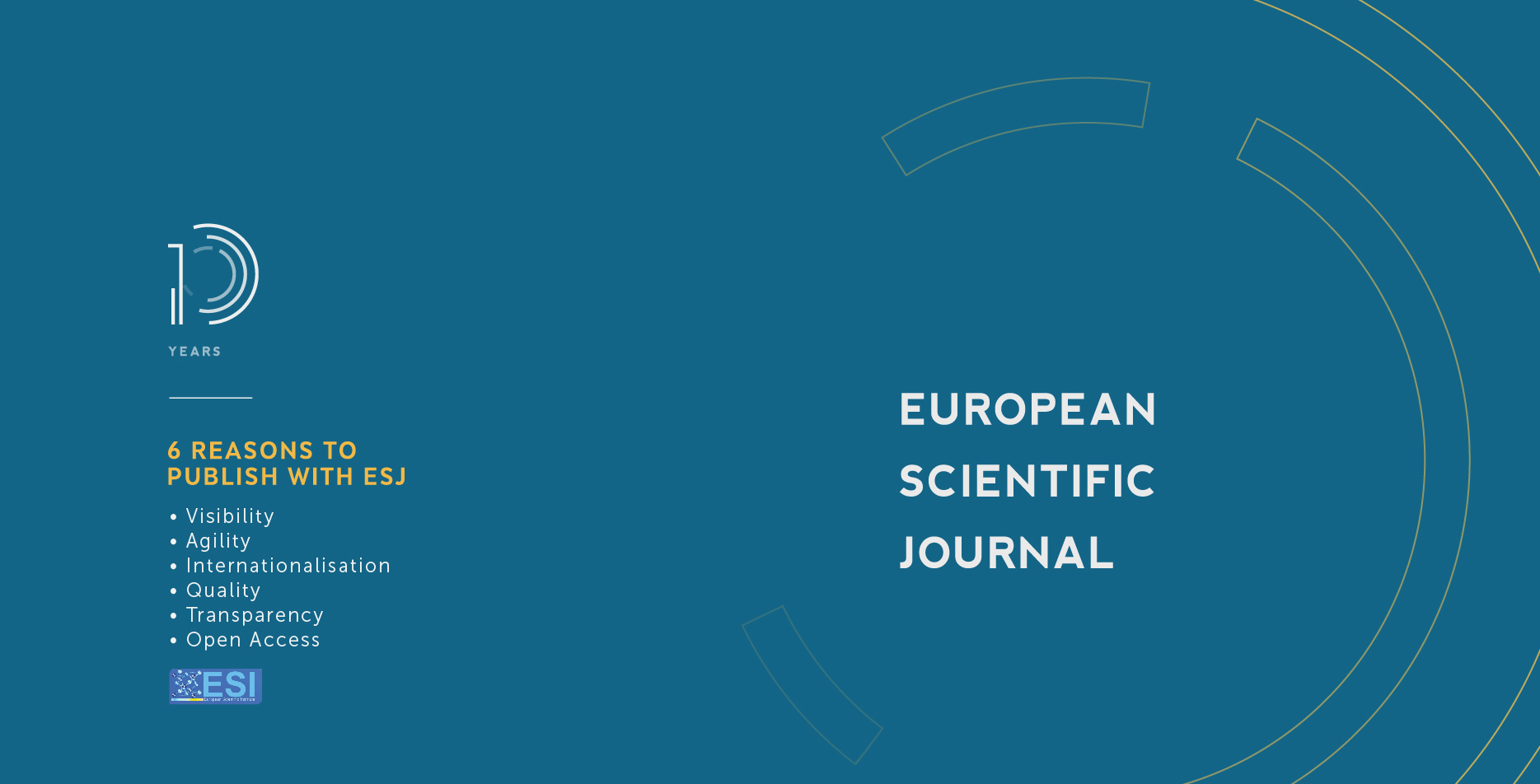Eficiencia De La Terapia Manual Omt KaltenbornEvjenth En La Marcha Del Paciente Geriátrico Diabético
Abstract
Introducción: La diabetes afecta a la población geriátrica ocasionando alteraciones funcionales, desequilibrio, atrofias y deformidades del pie, generando patrones compensatorios. La terapia manual OMT KaltenbornEvjenth evalúa y trata alteraciones articulares, y es eficaz para la hipomovilidad y la disminución del dolor por medio de tracciones, compresiones y movilizaciones articulares. Objetivo: Determinar la eficacia de la terapia manual OMT Kaltenborn-Evjenth en la marcha del paciente geriátrico diabético. Método: A 28 pacientes diabéticos se les aplicó la prueba de Batería Breve de Rendimiento Físico (por sus siglas en inglés, SPPB) para determinar limitación funcional de la marcha (LFM) y el tipo de la misma, se les aplicó 8 sesiones de terapia manual OMT Kaltenborn-Evjenth para tobillo y pie, realizando deslizamientos plantares, dorsales del escafoides, cuboides, tracciones distales de calcáneo y movilización tibiotarsiana. Tras la última sesión con la prueba SPPB se determinó el cambio del tipo de limitación de la marcha. Resultados: La edad promedio de la población fue de 68 ± 3.3 años, predominando el género femenino hasta en un 82%. Al término de las sesiones de terapia manual por el método OMT Kaltenborn-Evjenth, la LFM predominante fue la leve en un 71% de los pacientes, 18% moderada, y 11% mínima. Mostrando notablemente cambios favorables significativos en el tipo de LFM. Conclusión: la terapia manual OMT Kaltenborn-Evjenth es efectiva para disminuir la LFM pacientes geriátricos diabéticos.
Introduction: Diabetes affects the geriatric population causing mechanical and functional alterations, imbalance, atrophy and deformities of the foot. The limitation of the movement increases the stiffness, the pressure of the plantar support and the difficulty to the adaptation of the march, generating compensatory patterns. Manual therapy through the OMT Kaltenborn-Evjenth technique evaluates and treats joint alterations, and is effective for hypomobility and pain reduction through traction, compression and joint mobilization. Objective: To determine the effectiveness of manual therapy OMT Kaltenborn-Evjenth in the geriatric patient's march with diabetes Method: 28 diabetic patients underwent the Short Physical Performance Battery (SPPB) test to determine the gait limitation (FLG) and its type, 8 sessions of manual therapy OMT Kaltenborn-Evjenth were applied for ankle and foot, performing plantar landslides, dorsal scaphoid, cuboid, distal calcaneal traction and tibiotarsian mobilization. After the last session with the SPPB test, the change in the type of gait limitation was determined. Results: The average age of the population was 68 ± 3.3 years, with the female gender prevailing up to 82%. At the end of the manual therapy sessions by the Kaltenborn-Evjenth OMT method, the predominant FLG was mild in 71% of the patients, 18% moderate, and 11% minimal. Significantly showing favorable changes in the type of FLG. Conclusion: Kaltenborn-Evjenth OMT manual therapy is effective in reducing FLG diabetic geriatric patients.
Downloads
Metrics
PlumX Statistics
Copyright (c) 2020 Casales Orozco Georgina, Martínez Guillén Valeri Irais, Xeque Morales Ángel Salvador, García Medina Nadia Edith

This work is licensed under a Creative Commons Attribution-NonCommercial-NoDerivatives 4.0 International License.








